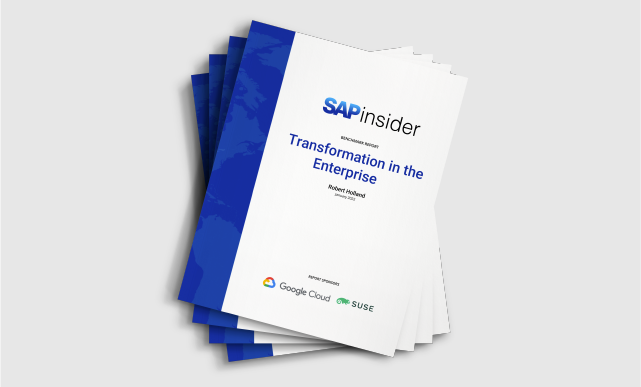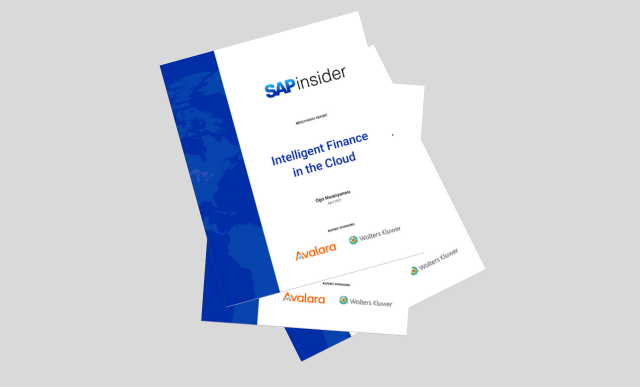Quantify the Value of Indirect Tax Automation and Demonstrate ROI
Webinar On-Demand
Meet the Experts
Key Takeaways
⇨ Increasing the accuracy of invoice tax determination calculations
⇨ Reducing the risk of errors, violations and overpayments or underpayments
⇨ Gaining efficiency for the compliance, indirect and IT teams
Tax and IT teams are under constant pressure to do more with less. With ever-changing regulations and increasing workloads, it’s no wonder that many organizations are looking for ways to automate their indirect tax processes. Any corporate tax team looking to invest in an automated indirect tax solution needs to do more than simply declare that efficiencies, cost savings, and a host of other benefits will start automatically boosting the bottom line. To make a persuasive case for investment in automation, Tax and IT teams must first explain where the promised efficiencies will come from, the potential ROI (Return on Investment), and the operational efficiencies resulting from the software. Ultimately, by taking the time to explain the benefits of an automated solution – in terms of both efficiencies and cost savings – Tax and IT teams can make a strong case for investment that decision-makers are unlikely to ignore. A recent study, commissioned by Thomson Reuters, examined the potential return on investment (ROI) of deploying technology to enable indirect tax automation.
Join us to explore how specific tax technologies ease the burdens on the corporate tax and IT departments and provides a 120% three-year risk-adjusted ROI by:
- Increasing the accuracy of invoice tax determination calculations
- Reducing the risk of errors, violations and overpayments or underpayments
- Gaining efficiency for the compliance, indirect and IT teams
- Improving uptime and reliability










